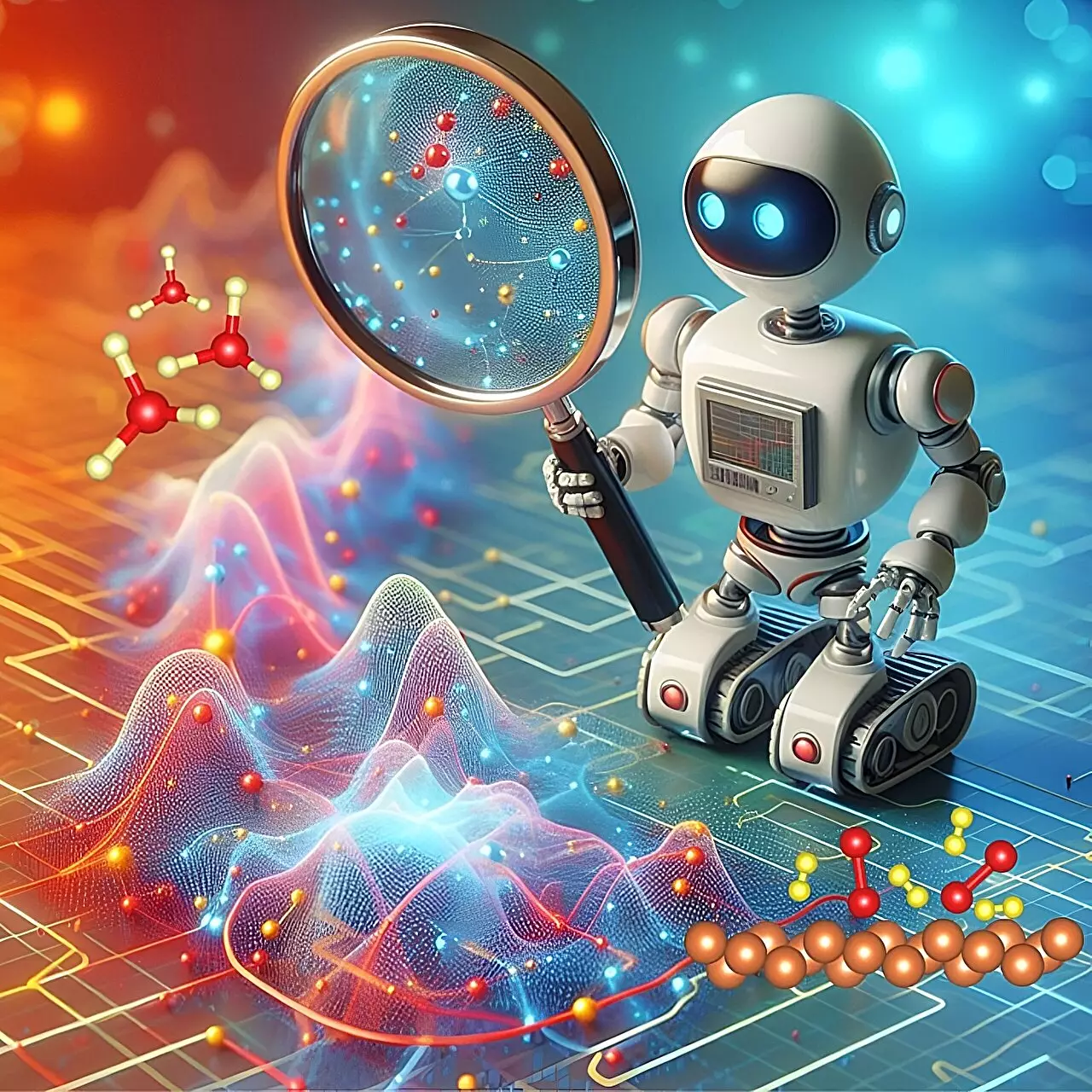Ammonia (NH3) stands as one of the foundational compounds in numerous industries, primarily due to its pivotal role in agriculture as a nitrogen fertilizer. The chemical is synthesized on a massive scale—about 160 million tons annually—using a process that largely relies on the Haber-Bosch method. While this century-old technique effectively converts atmospheric nitrogen and hydrogen into ammonia using an iron catalyst, it operates with low yield and efficiency, prompting considerable interest in optimizing these methods. Over the years, researchers have grappled with the intricacies of this chemical reaction, seeking innovative solutions that can address its limitations while cutting production costs and minimizing environmental impact.
Recent advancements in artificial intelligence and machine learning are beginning to transform traditional scientific research, particularly in fields such as materials science and chemical engineering. A pioneering effort led by Qi An, an associate professor at Iowa State University, has unveiled a promising AI framework known as High-Throughput Deep Reinforcement Learning with First Principles (HDRL-FP). This sophisticated tool not only enhances researchers’ ability to comprehend complex chemical reactions but also optimizes the process of ammonia production, potentially revolutionizing the industry.
The HDRL-FP framework integrates reinforcement learning, a machine learning approach similar to training a pet through rewards, with first principles of chemistry. This powerful combination equips the framework to identify the most efficient reaction pathways by evaluating an extensive range of alternatives. By using advanced computational methods and machine learning techniques, the researchers can sift through the enormous complexities of real-world chemical reactions, uncovering viable strategies that were previously obscured by the cacophony of data.
The HDRL-FP model functions by mapping potential reactions onto what is known as an energy landscape defined by the atomic positions of the reactants. Unlike conventional methods, which require predefined states, actions, and rewards for specific reactions, HDRL-FP allows researchers to begin with basic atomic configurations. This innovative approach not only streamlines the research process but also reduces the time and resources necessary to achieve meaningful results.
Reinforcement learning serves a crucial role within the framework, enabling the system to learn iteratively by evaluating actions based on their relative rewards. The AI agent, akin to a learner mastering a complex skill, adjusts its strategies in pursuit of optimal reaction pathways. By leveraging high-throughput computing resources, HDRL-FP can rapidly evaluate thousands of potential pathways, ultimately selecting the most favorable conditions for ammonia synthesis. Such accelerated analysis provides a robust foundation for understanding the mechanisms driving catalytic reactions, positioning the research team to suggest more efficient catalysts in the future.
The implications of integrating AI into ammonia production extend far beyond scientific curiosity. By harnessing HDRL-FP, there exists the potential for significant cost reductions in ammonia synthesis, alongside a decrease in associated carbon dioxide emissions. This aligns with global objectives aimed at mitigating climate change and promoting sustainability in agricultural practices.
Furthermore, the ability to establish smaller, decentralized ammonia production facilities is an exciting prospect. This could democratize access to ammonia-based fertilizers, particularly in regions that currently rely on extensive transportation networks for their supplies. A localized approach minimizes logistical challenges while supporting agricultural resilience in varying geopolitical climates.
The advancements brought forth by Qi An and his collaborators signal a transformative moment in chemical research. After two years of dedicated work, the HDRL-FP framework represents not only a proof of concept but also a glimpse into the future of chemical synthesis. Continued refinement of this technology could yield breakthroughs that enhance our understanding of ammonia production and its accompanying environmental impacts.
As we venture into this new era of scientific inquiry, the integration of artificial intelligence with traditional chemical research holds the promise of unlocking unprecedented efficiencies and addressing critical challenges in industrial production. With researchers like An at the forefront, the potential for innovation seems boundless, offering hope for a more sustainable and efficient future in ammonia synthesis and beyond.


Leave a Reply